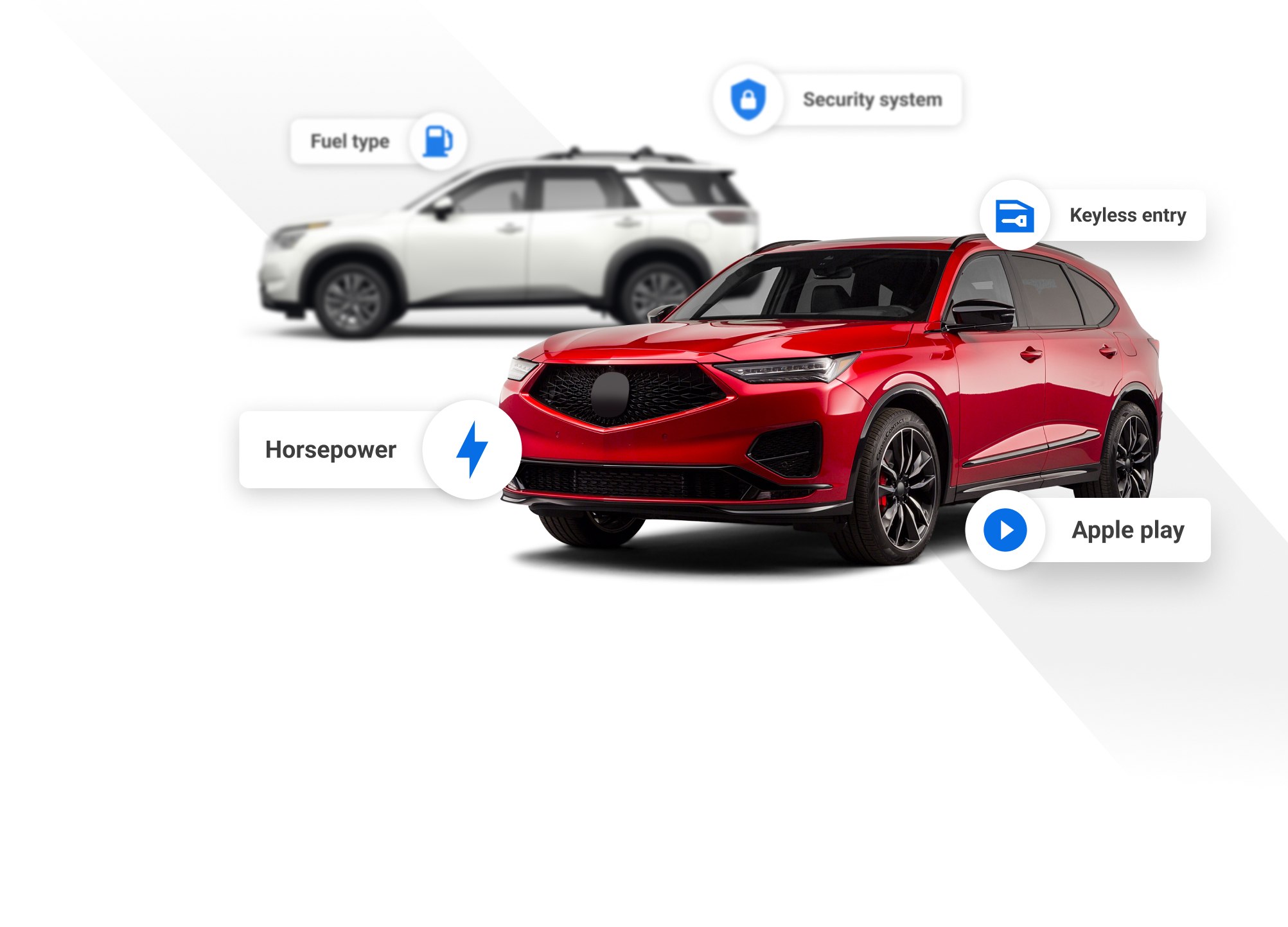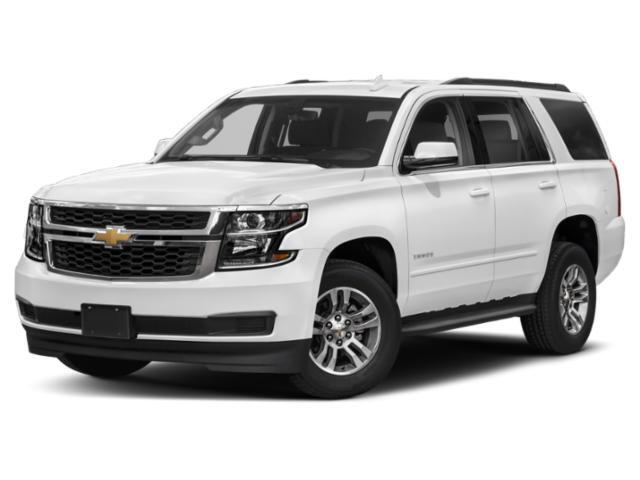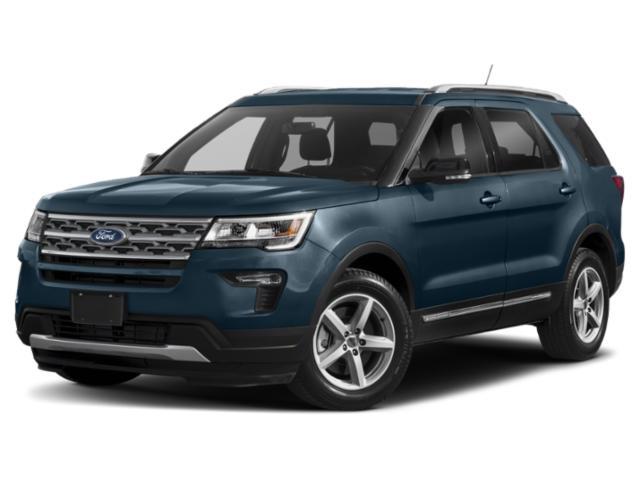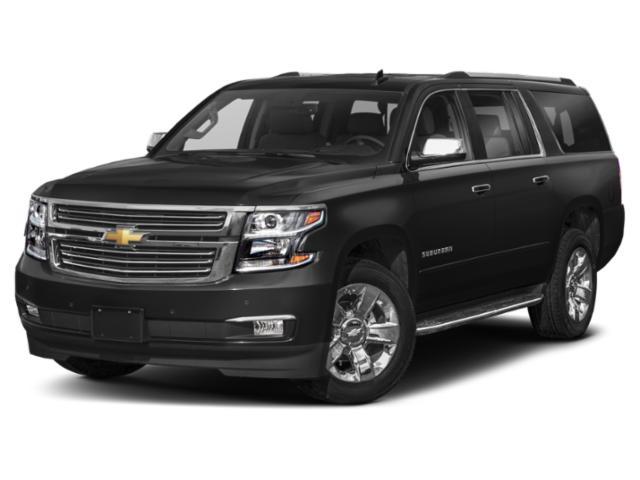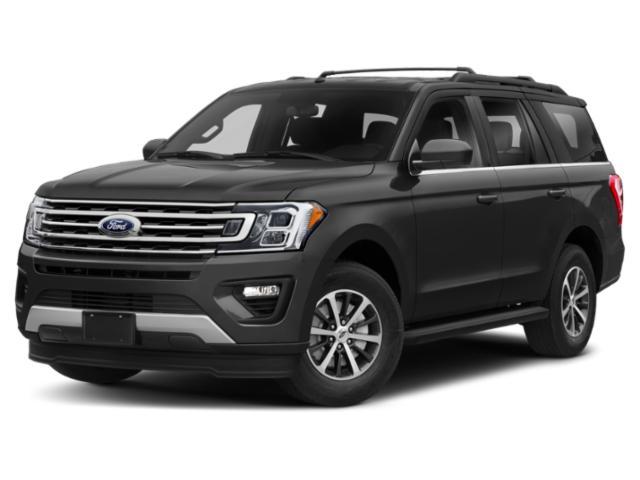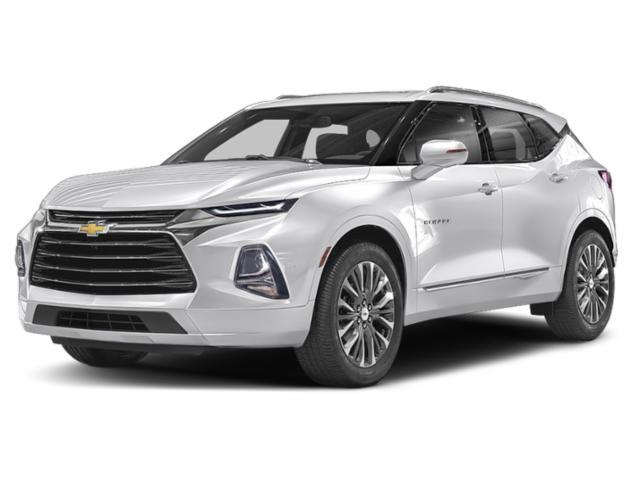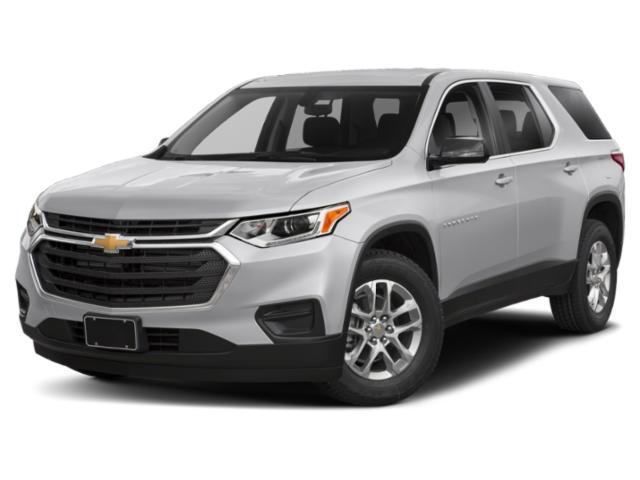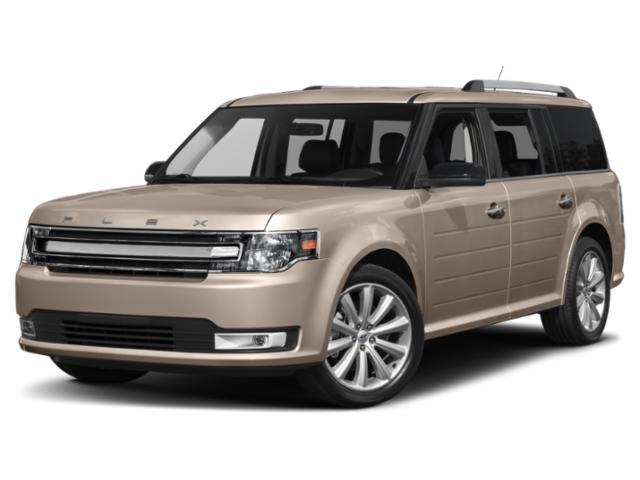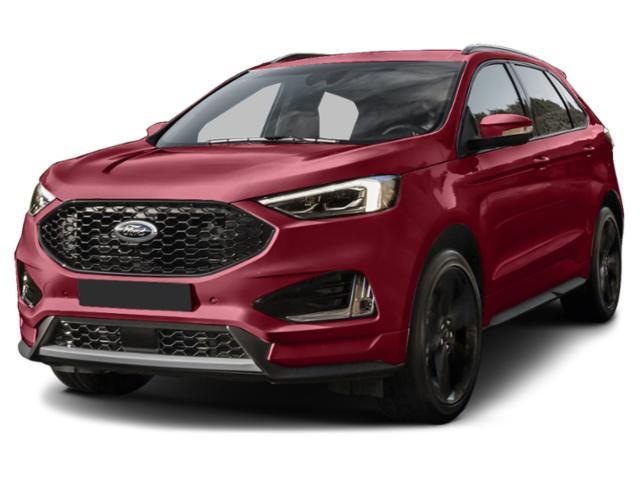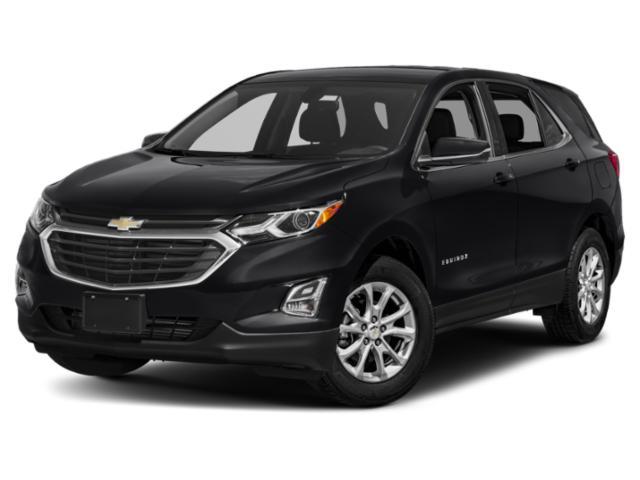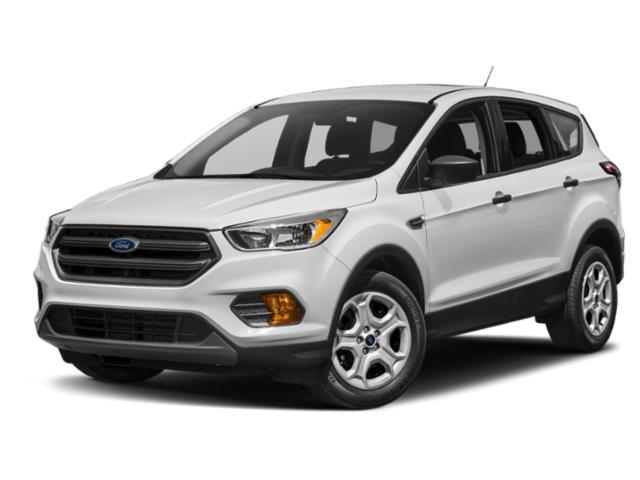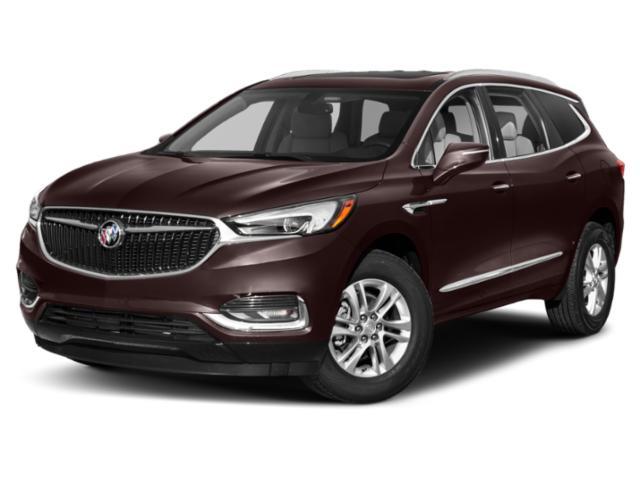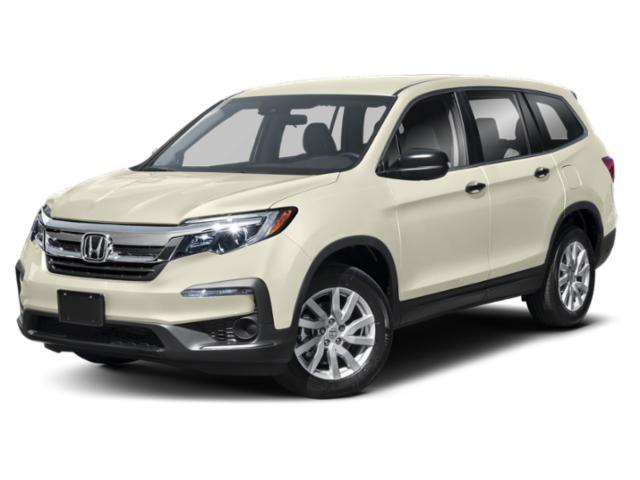
2019 Dodge Durango

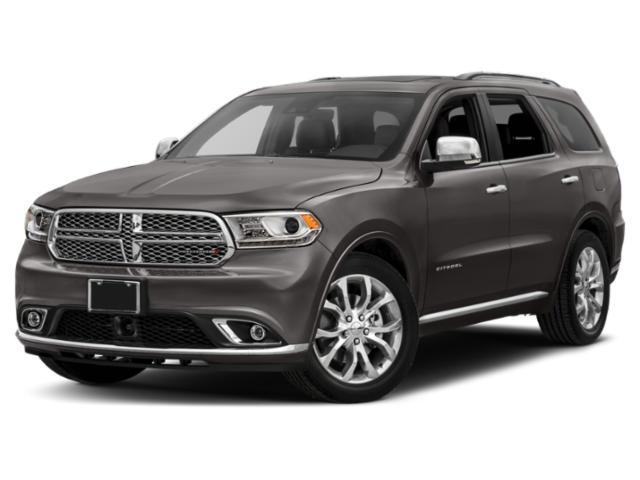
Key Specifications for 2019 Dodge Durango






Buyer’s Guide
In the mid-size SUV class, most of the high-performance offerings are found toward the higher end of the market, in vehicles like the BMW X5M, Mercedes-AMG GLE 63 and the Porsche Cayenne Turbo. Dodge is one of few North American brands that puts a homegrown touch on the fast SUV concept with its Durango, which can be optioned in a 475-hp SRT variant that shares much of its DNA with the Jeep Grand Cherokee SRT.
While the Durango is about more than pavement-pounding speed, Dodge seems keen to emphasize this utility's performance leanings with the V6-powered GT trim's adoption of a more aggressive front fascia, previously reserved for the V8-motivated R/T and SRT variants. The GT can also now be further augmented with an SRT-inspired hood with a functional air inlet and heat extractors.
Other changes include standard second-row captain's chairs for the Citadel trim, and the option of an 825-watt, 19-speaker stereo for Citadel, R/T and SRT trims. In addition, trucks fitted with the trailer tow package gain an integrated trailer brake system, and there are new colour and wheel options.
Durango's performance envelope is substantial, starting with the 3.6L V6 (295 hp/260 lb-ft of torque) that powers SXT, GT and Citadel trims and moving through the R/T's 5.7L V8 (360 hp/390 lb-ft) before graduating to the SRT's 6.4L V8 and its 475 hp and 470 lb-ft of torque.
All Durango variants use an eight-speed automatic transmission, and while all come standard with AWD, the 5.7L engine is the only one to get a two-speed transfer case, with V6 and SRT models getting a full-time setup without low-range gearing.
While the Durango shares much of its make-up with the Grand Cherokee, it sports a larger body whose extra interior space allows for a third row of seating. With this truck, Dodge fills the narrow slice of the SUV market that exists between popular mid-size, car-based crossovers like the Honda Pilot and Chevrolet Traverse (among many others) and full-size utilities such as the GMC Yukon.
Durango is not marketed as an upscale model, but its boasts kit like a digital gauge cluster, three-zone air conditioning and rear park assist, items that lend it a premium feel despite its mid-priced starting point. And yet, heated front seats aren't standard, but instead join the party in the GT trim, which also comes with power front seat adjustments, power tailgate and remote engine start.
Citadel lives up to its status as top-end V6 trim with HID headlights, front park assist, sunroof and Nappa leather upholstery with front-seat ventilation.
The R/T model gets a power steering column adjustment, fog lights, rain-sensing wipers and a load-leveling rear suspension. Finally, the SRT's additions are all about performance, including a limited slip rear differential.
Dodge's fuel consumption estimates for the Durango are 12.7/9.6 L/100 km (city/highway) for the V6, 16.7/10.9 in 5.7L models and 18.3/12.2 for the SRT variant.
Review & Compare:
Photos

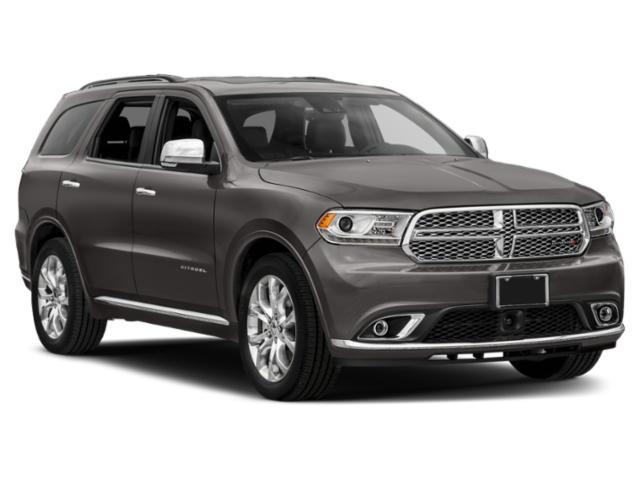
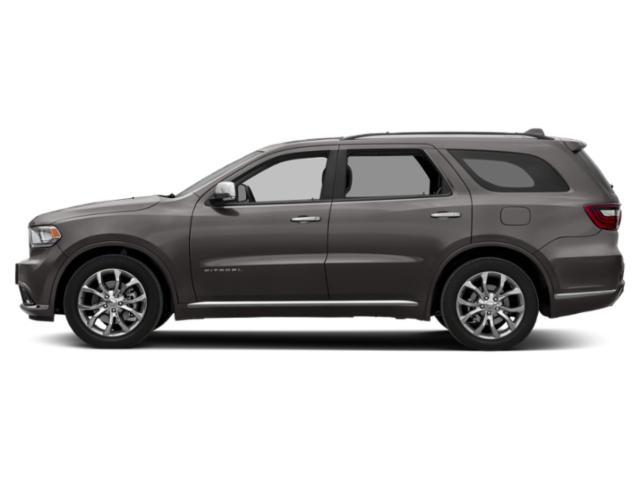
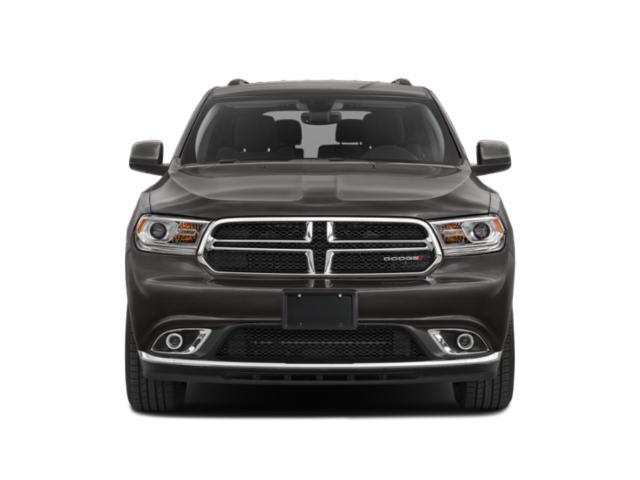
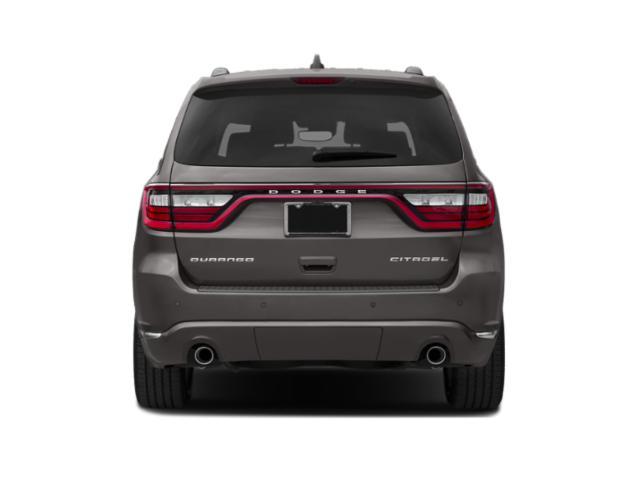
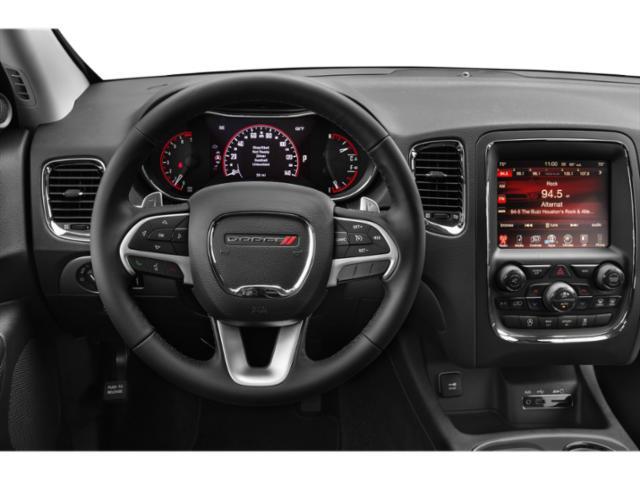
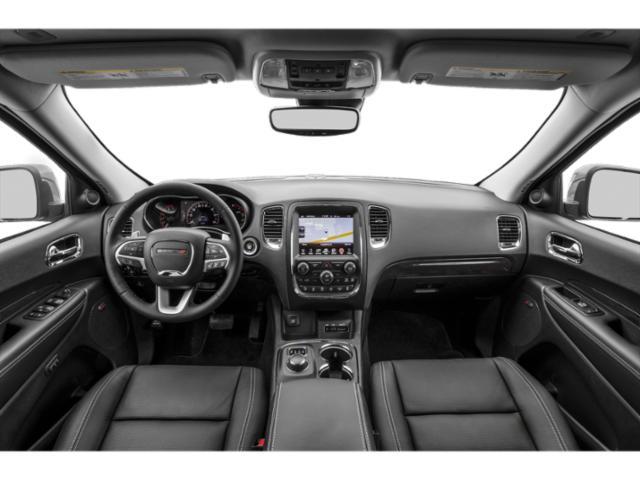
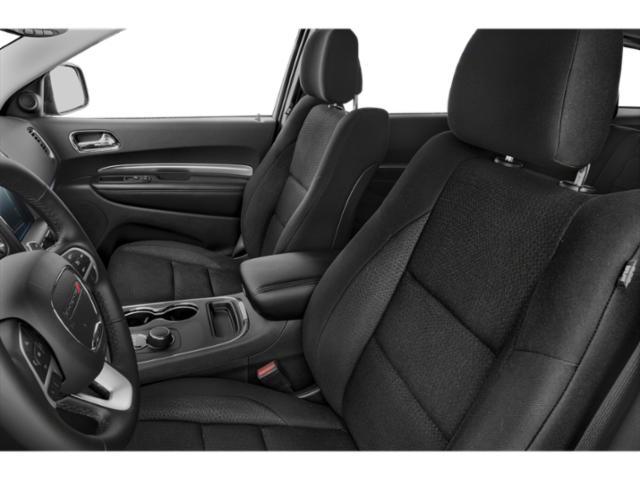
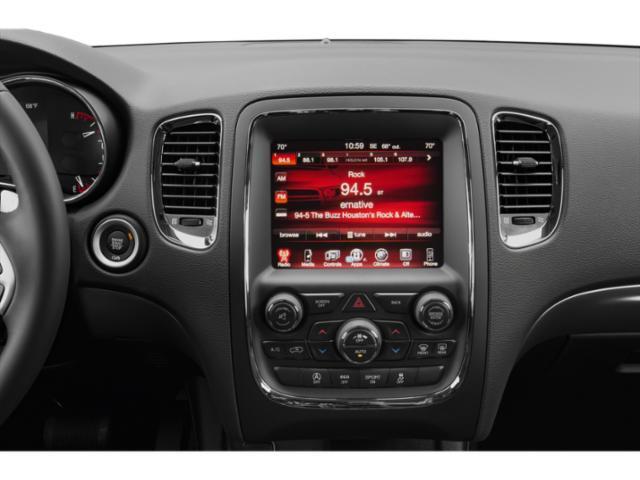

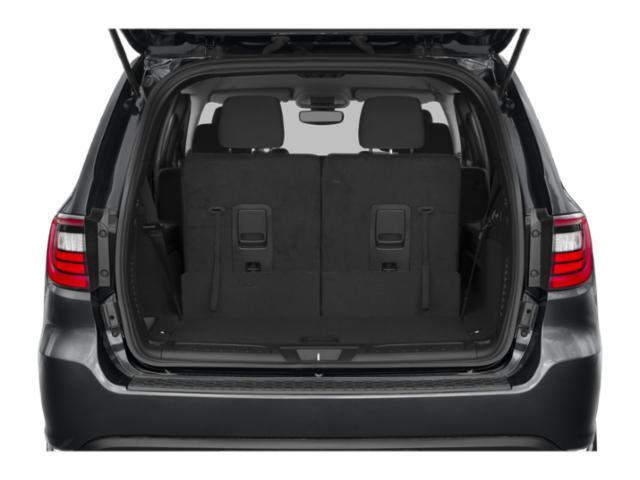
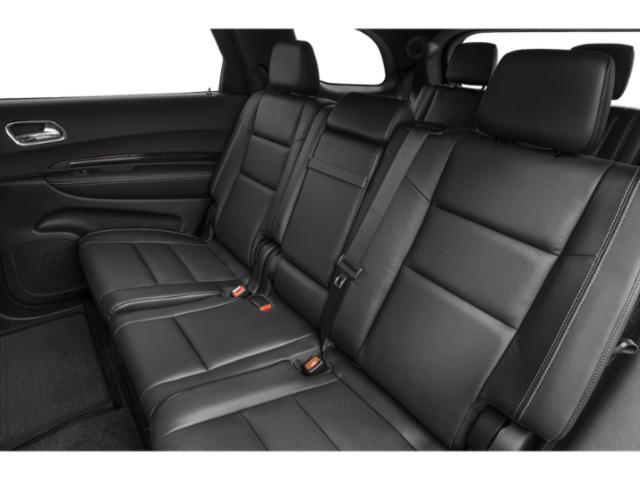
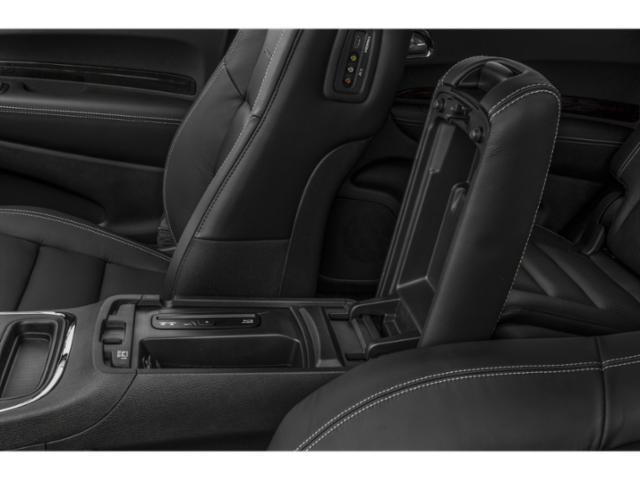
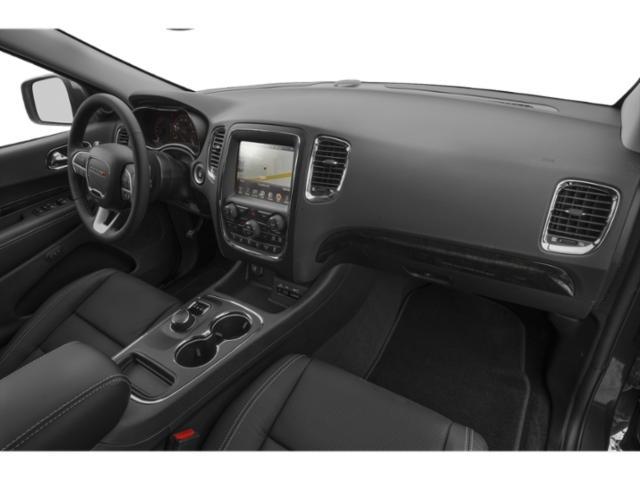
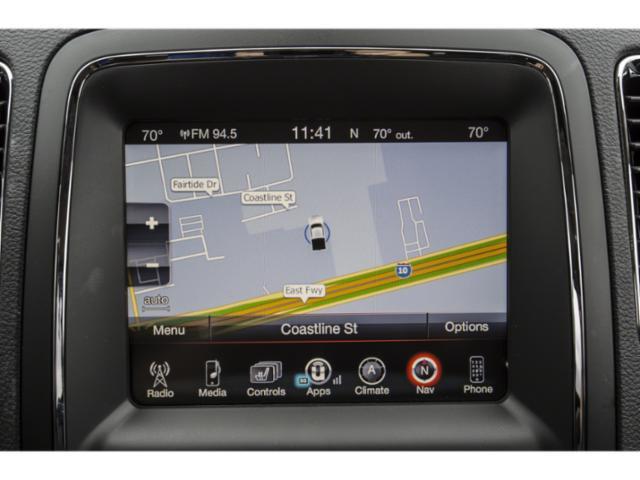
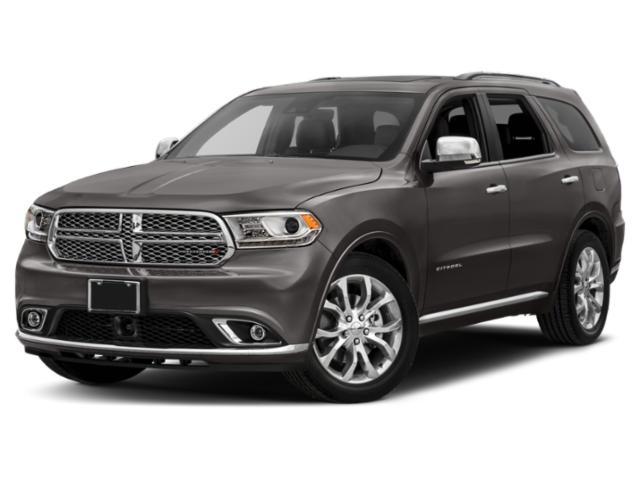
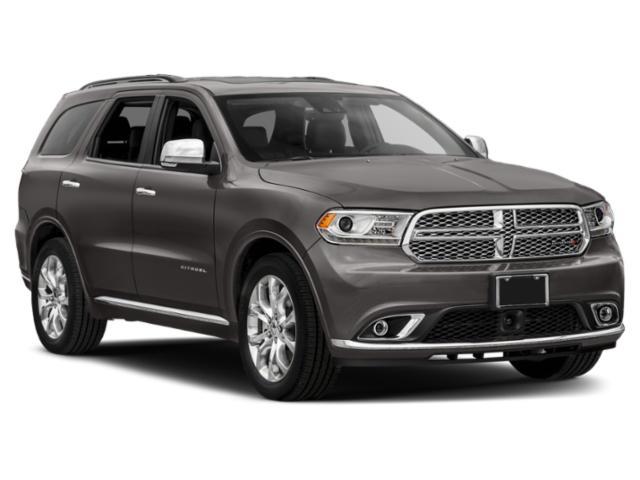
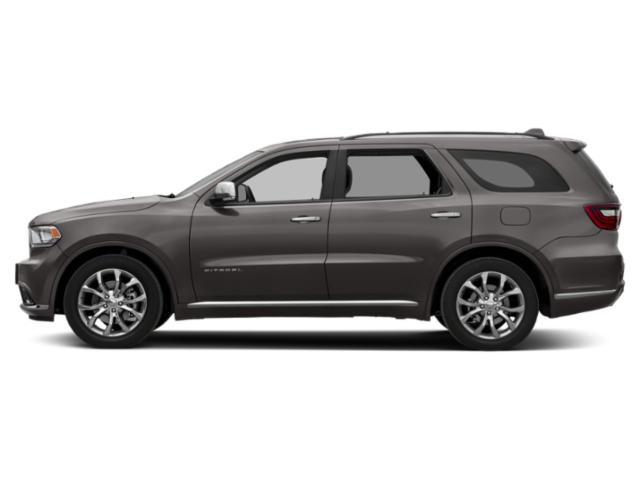
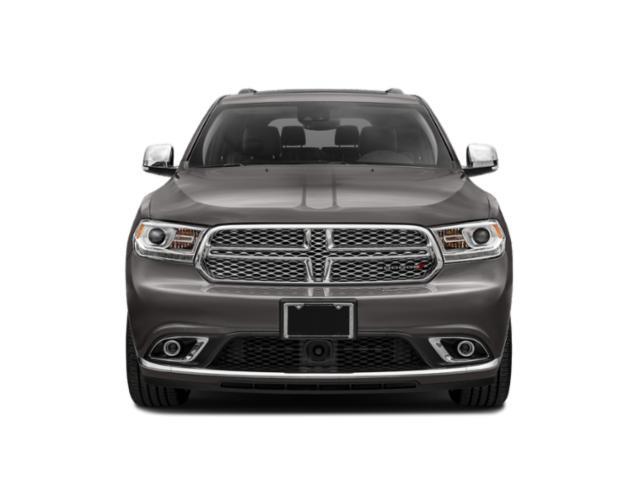
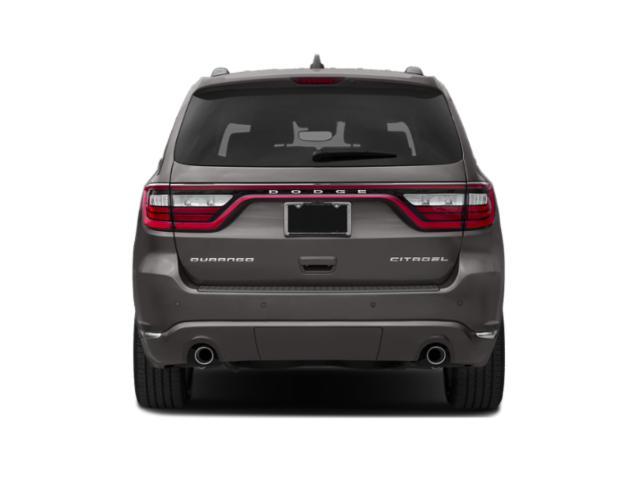
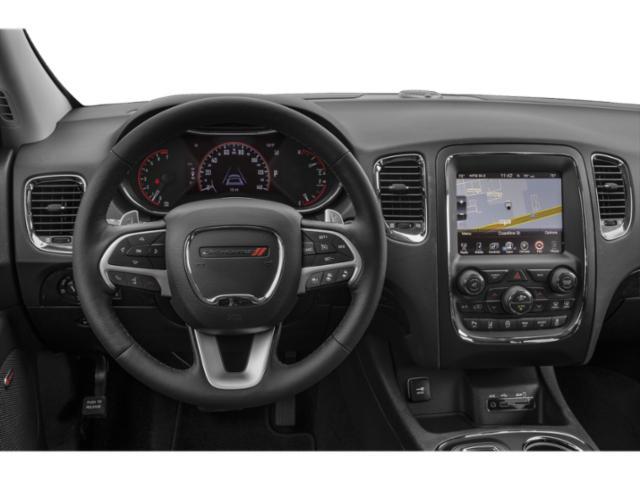
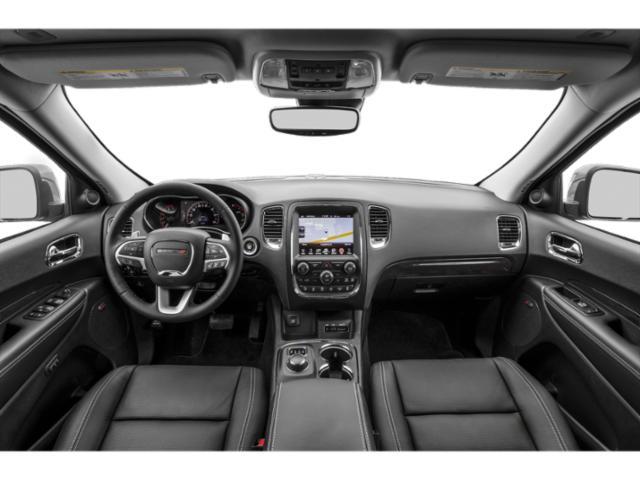


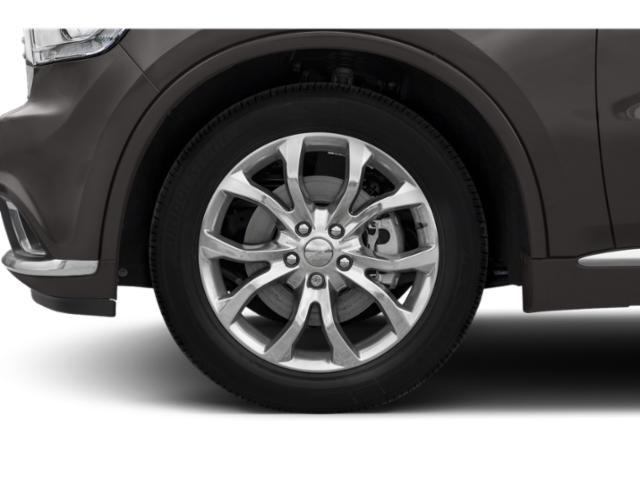
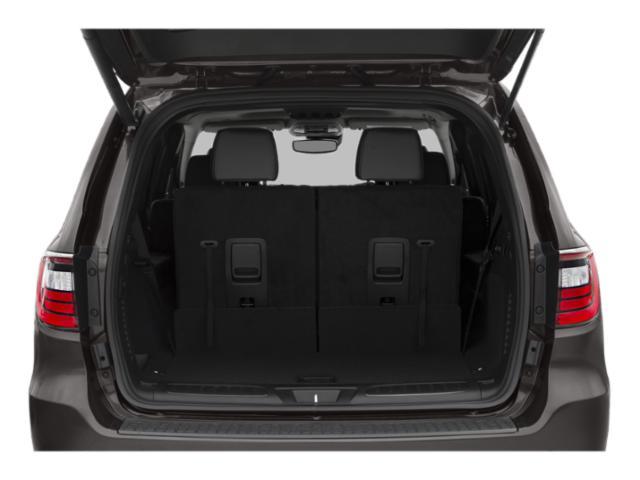
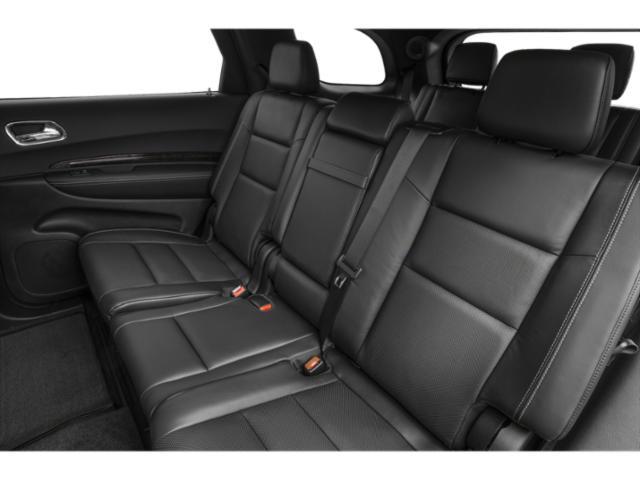
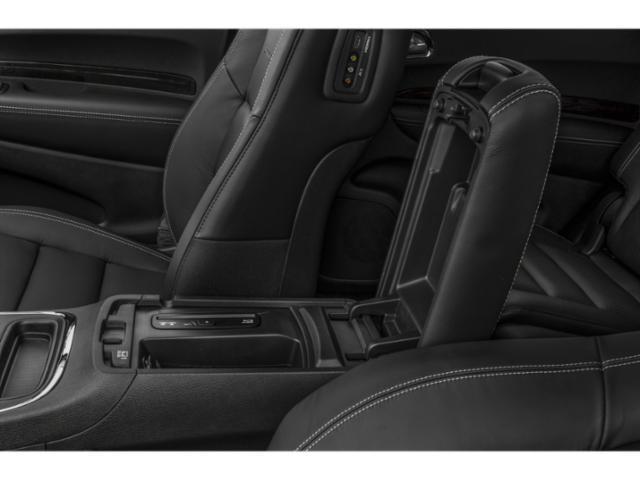
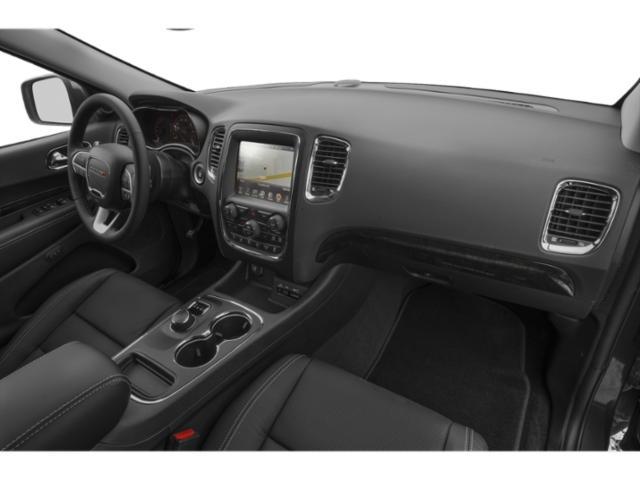
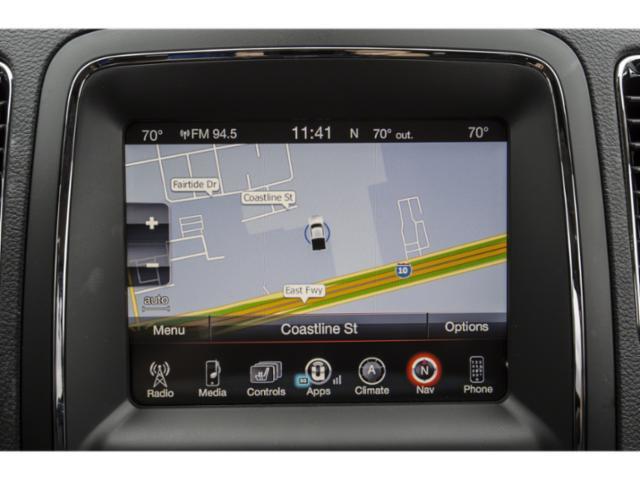






























AutoTrader Review





